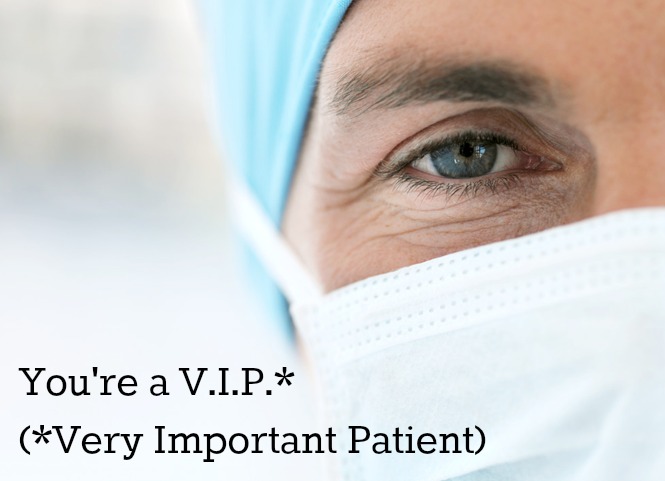A new health care model is growing in popularity across the country. Frustrated by insurance complexities, endless paperwork and limited face-to-face time with patients, physicians are abandoning the traditional primary care model for a newer, more direct form of primary care. It's called direct primary care and it has the potential to significantly improve and possibly save modern health care.
Direct primary care completely abandons insurance billing, which has caused unnecessary agony amongst all primary care physicians. In replacement of insurance, patients pay a pre-set monthly fee regardless of the number of monthly visits or other encounters the patient has with the physician.









